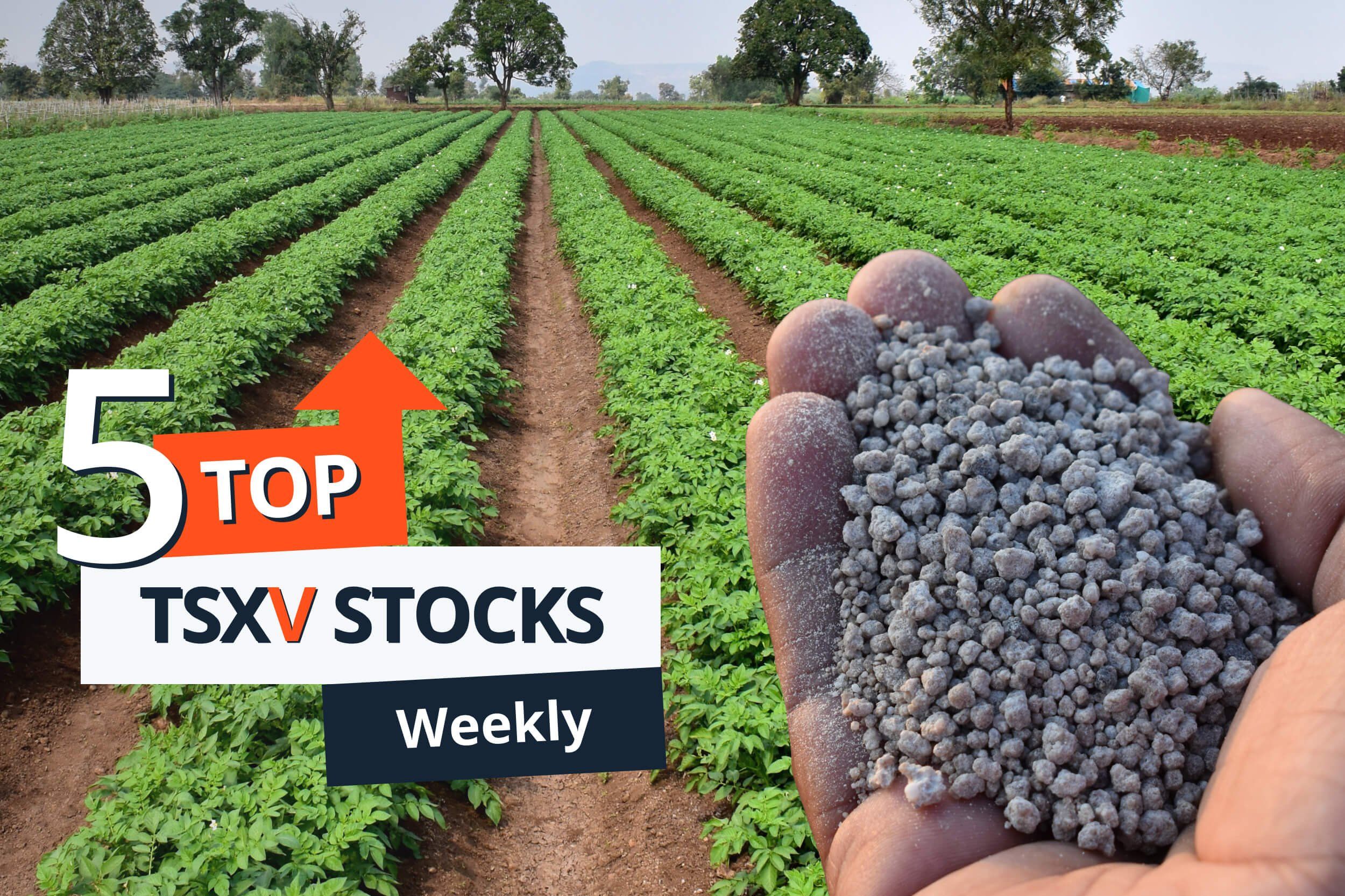- Loveland Products has also agreed to collaborate with Cibus for future product development with its Dyna-Gro rice program
Cibus, Inc. (Nasdaq: CBUS) a leading agricultural technology company that develops and licenses Non-GMO plant traits to seed companies, today announced that it has entered into a US Development Agreement with Loveland Products Inc., a subsidiary of Nutrien Ltd. (TSX and NYSE: NTR). Cibus has agreed to collaborate with Loveland Products to provide traits into Loveland's elite rice seed genetics.
Under the terms of the agreement Loveland and Cibus will work toward commercializing herbicide tolerance in rice with a focus on the southern US market, where demand for novel approaches in weed control is most prevalent.
"Loveland Products is constantly striving to bring innovative solutions to the marketplace across the agricultural industry," says Rob Dunlop, Vice President of North America seed at Nutrien. "We are excited to collaborate with Cibus to help address some of the most pressing weed management challenges of US rice growers."
"We are thrilled to work with the Loveland Products and Dyna-Gro teams to deliver new herbicide management options to rice growers," stated Norm Sissons, Senior Vice President Commercial at Cibus. "Importantly, our recent results using our Trait Machine TM to add traits like herbicide tolerance in rice show we can provide collaborators with new traits in their elite genetics on an accelerated timescale."
About the Cibus RTDS ®-based High Throughput Breeding System
A key element of Cibus' technology breakthrough is its High Throughput Breeding Process (referred to as the Trait Machine™ system). The Trait Machine process is a crop specific application of Cibus' patented Rapid Trait Development System ™ ( RTDS ® ). The proprietary technologies in RTDS integrate crop specific cell biology platforms with a series of gene editing technologies to enable a system of end-to-end crop specific precision breeding. It is the core technology platform for Cibus' Trait Machine: the first standardized end-to-end semi-automated crop specific gene editing system that directly edits a seed company's elite germplasm. Each Trait Machine process requires a crop specific cell biology platform that enables Cibus to edit a single cell from a customers' elite germplasm and grow that edited cell into a plant with the Cibus edits. Cibus has Trait Machine platforms developed for canola and rice and has already begun transferring their elite germplasm with Cibus edits back to customers.
The traits from Cibus' RTDS -based High Throughput Breeding System are indistinguishable from traits developed using conventional breeding or from nature. RTDS does not integrate any foreign DNA or transgenes. Under the European Commission current proposals, it is expected that products from Cibus' RTDS gene editing platform such as its pod shatter reduction trait and Sclerotinia resistance traits for Canola and Winter Oilseed Rape would be considered ‘Conventional-like'.
Cibus believes that RTDS and the Trait Machine process represent the technological breakthrough in plant breeding that is the ultimate promise of plant gene editing: High Throughput Gene Editing Systems operating as an extension of seed company breeding programs.
About Cibus
Cibus is a leader in Gene Edited Productivity traits that address critical productivity and sustainability challenges for farmers such as diseases and pests which the United Nations estimates cost the global economy approximately $300 billion annually. Cibus is not a seed company. It is a technology company that uses gene editing to develop and license traits to seed companies in exchange for royalties on seed sales. Cibus' focus is productivity traits for the major global crops such as canola, rice, soybean, and wheat. Cibus is a technology leader in high throughput gene editing technology that enables Cibus to develop and commercialize plant traits at a fraction of the time and cost of conventional breeding. Cibus has developed a pipeline of five productivity traits including important traits for pod shatter reduction, Sclerotinia resistance and weed management. Its initial traits for pod shatter reduction and weed management are developed in collaborations with leading seed companies. Its other pipeline traits including Sclerotinia resistance are in advanced greenhouse and field trial stages.
About Nutrien
Nutrien is a leading provider of crop inputs and services, helping to safely and sustainably feed a growing world. We operate a world-class network of production, distribution and ag retail facilities that positions us to efficiently serve the needs of growers. We focus on creating long-term value by prioritizing investments that strengthen the advantages of our integrated business and by maintaining access to the resources and the relationships with stakeholders needed to achieve our goals.
Forward-Looking Statements
This press release contains "forward-looking statements" within the meaning of applicable securities laws, including The Private Securities Litigation Reform Act of 1995. All statements, other than statements of present or historical fact included herein, including statements regarding Cibus' operational and financial performance, Cibus' strategy, future operations, prospects and plans, including the anticipated regulatory environment are forward-looking statements. Forward-looking statements may be identified by words such as "anticipate," "believe," "intend," "expect," "plan," "scheduled," "could," "would" and "will," or the negative of these and similar expressions.
These forward-looking statements are based on the current expectations and assumptions of Cibus' management about future events, which are based on currently available information. These forward-looking statements are subject to numerous risks and uncertainties, many of which are difficult to predict and beyond the control of Cibus. Cibus' actual results, level of activity, performance, or achievements could be materially different than those expressed, implied, or anticipated by forward-looking statements due to a variety of factors, including, but not limited to: changes in expected or existing competition; challenges to Cibus' intellectual property protection and unexpected costs associated with defending intellectual property rights; increased or unanticipated time and resources required for Cibus' platform or trait product development efforts; Cibus' reliance on third parties in connection with its development activities; challenges associated with Cibus' ability to effectively license its productivity traits and sustainable ingredient products; the risk that farmers do not recognize the value in germplasm containing Cibus' traits or that farmers and processors fail to work effectively with crops containing Cibus' traits; challenges that arise in respect of Cibus' production of high-quality plants and seeds cost effectively on a large scale; Cibus' need for additional funding to finance its activities and challenges in obtaining additional capital on acceptable terms, or at all; Cibus' dependence on distributions from Cibus Global, LLC to pay taxes and cover its corporate and overhead expenses; regulatory developments that disfavor or impose significant burdens on gene-editing processes or products; Cibus' ability to achieve commercial success; commodity prices and other market risks facing the agricultural sector; technological developments that could render Cibus' technologies obsolete; changes in macroeconomic and market conditions, including inflation, supply chain constraints, and rising interest rates; dislocations in the capital markets and challenges in accessing liquidity and the impact of such liquidity challenges on Cibus' ability to execute on its business plan; the Company's assessment of the period of time through which its financial resources will be adequate to support operations; and other important factors discussed in "Risk Factors of Cibus, Inc." filed as Exhibit 99.3 with Cibus' Current Report on Form 8-K, which was filed with the Securities and Exchange Commission (the "SEC") on June 1, 2023, as updated by the supplemental risk factors included in the Company's Current Reports on Form 8-K filed on October 18, 2023 and December 12, 2023, each as may be updated by any additional "Risk Factors" identified in Cibus' subsequent reports on Forms 10-Q and 8-K filed with the SEC. Should one or more of these risks or uncertainties occur, or should underlying assumptions prove incorrect, actual results and plans could differ materially from those expressed in any forward-looking statements. Cibus' assessment of the period of time through which its financial resources will be adequate to support its operations is a forward-looking statement and involves such risks and uncertainties. Accordingly, the Company could use its available capital resources sooner than it currently expects.
In addition, the forward-looking statements included in this press release represent Cibus' views as of the date hereof. Cibus specifically disclaims any obligation to update such forward-looking statements in the future, except as required under applicable law. These forward-looking statements should not be relied upon as representing Cibus' views as of any date subsequent to the date hereof.
CIBUS CONTACTS:
Investor Relations
Karen Troeber
ktroeber@cibus.com
858-450-2636
Jeff Sonnek – ICR
jeff.sonnek@icrinc.com
Media Relations
Colin Sanford
colin@bioscribe.com
203-918-4347
NUTRIEN CONTACT:
Media Relations
Megan Fielding
megan.fielding@nutrien.com
403-225-7759




